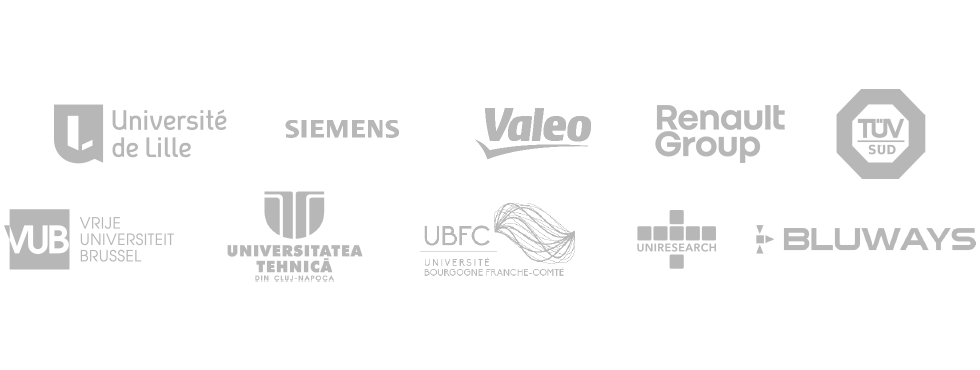PANDA
Project Objectives
The main goal of PANDA is to provide a unified organization of digital models to seamlessly integrate virtual and real testing of all types of electrified vehicles and their components. The developed platform and services should reduce by 20% the time-to-market of electrified vehicle development. This includes reducing the electrical vehicle development time and cost by 10%-30%. Additionally, circular economy indicators will be considered in the platform. The project should advance the model-based platform development from TRL 2 to TRL 4.

Typhoon’s role as a project partner
Typhoon HIL is the partner responsible for the development of the Hardware-in-the-Loop Electronic Control Unit (HiL-ECU) testbed for real-time validation of three complete electric vehicle models: a battery electric vehicle, a hybrid vehicle, and a plug-in hybrid vehicle. In addition to providing the testbed equipment, Typhoon HIL contributed to three key developments:
- Developing an Energetic Macroscopic Representation (EMR) library of components in collaboration with University of Lille that can be used for free in Typhoon HIL Schematic Editor
- Developing a conversion tool from SIEMENS AMESim software which allows models to be easily imported into the Typhoon HIL testing environment.
- Supporting cloud-based simulations between the HiL-ECU at partner’s sites and SIEMENS AMESim platform for real-time validation of the full EV model.
Testing sites
However, TH testbeds are currently being used by 4 partners:
- Universite de Lille
- Vrije Universiteit Brussel
- SIEMENS Industry Software SRL (Romania),
- Universitatea Technica Clujnapoca
Field of science
Vehicle design and synthesis tools, Simulation and design tools, Electrified vehicles, model organisation, digital models, hardware-in-the-loop, virtual and real testing, seamless integration, E-mobility, EMR, Electric Drives, Automotive, Standardization, cloud testing.
Partners
